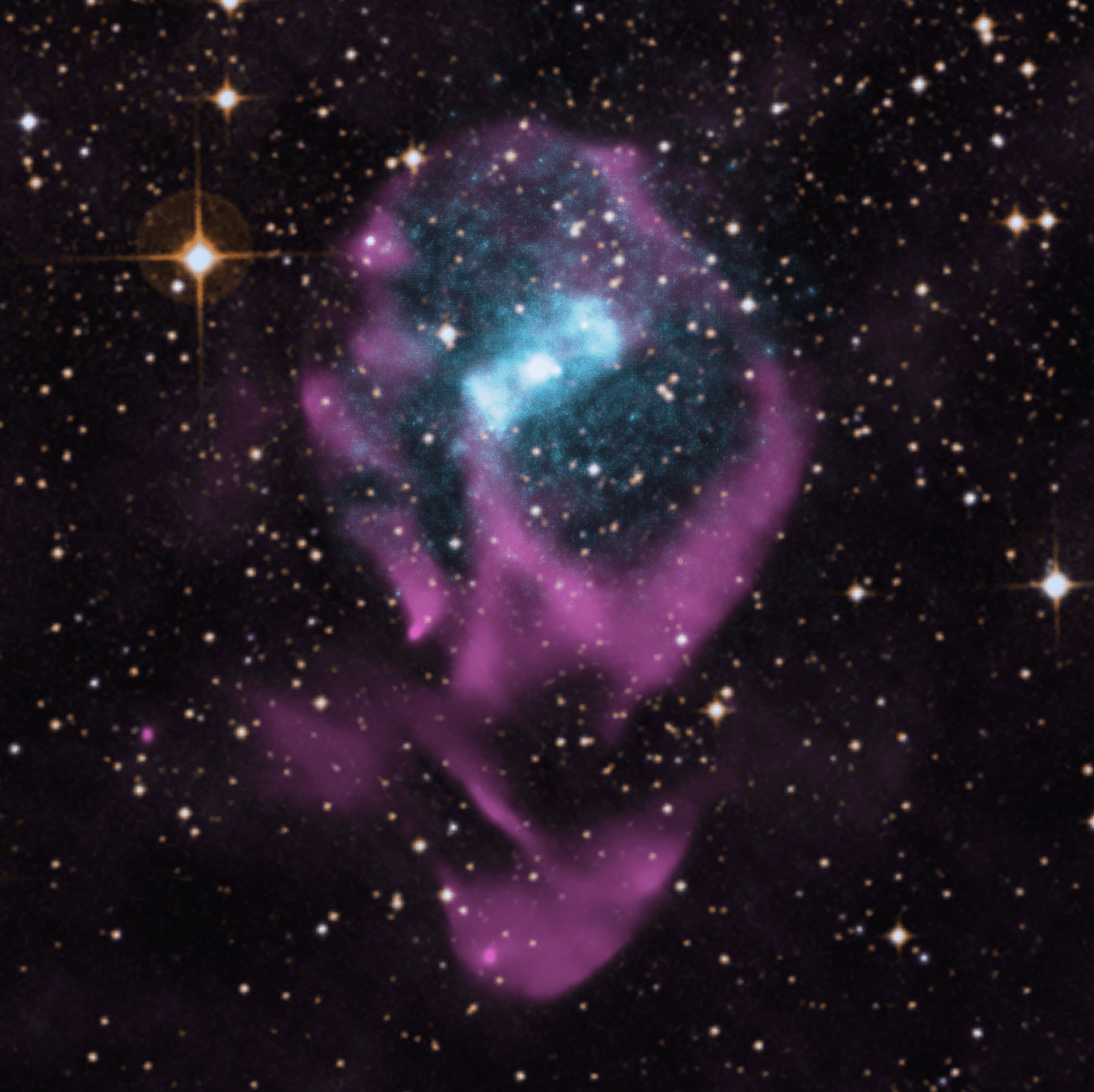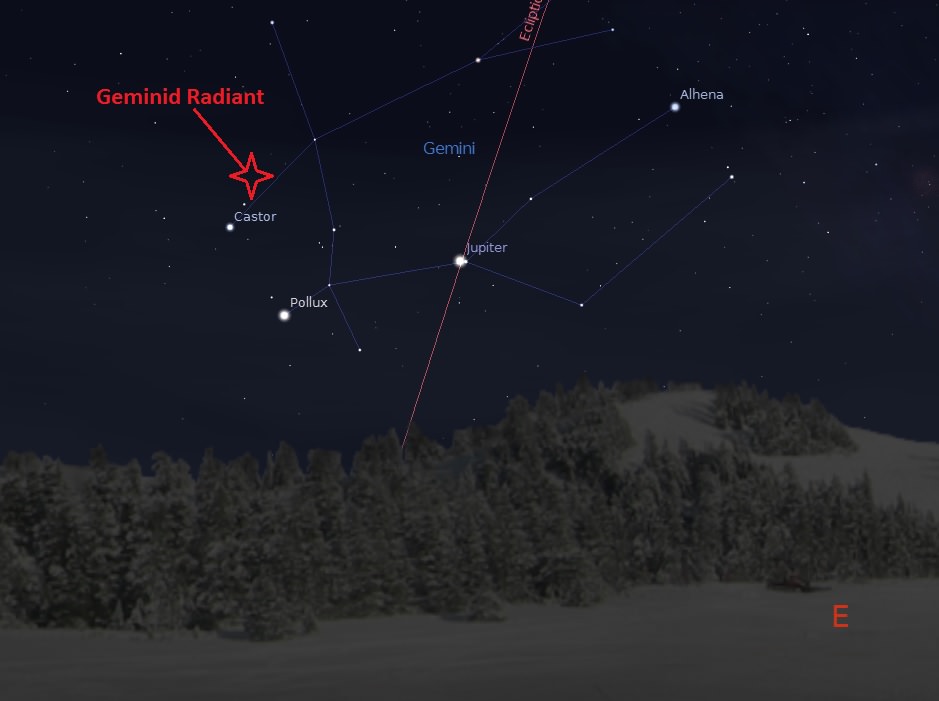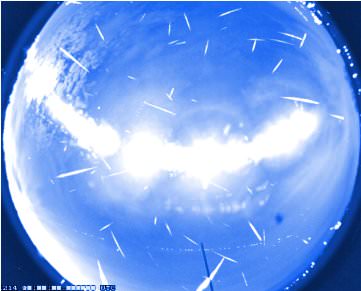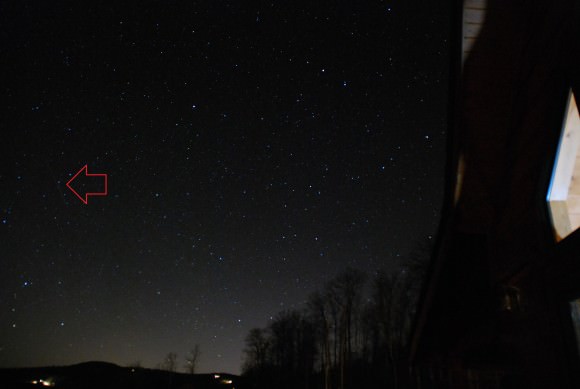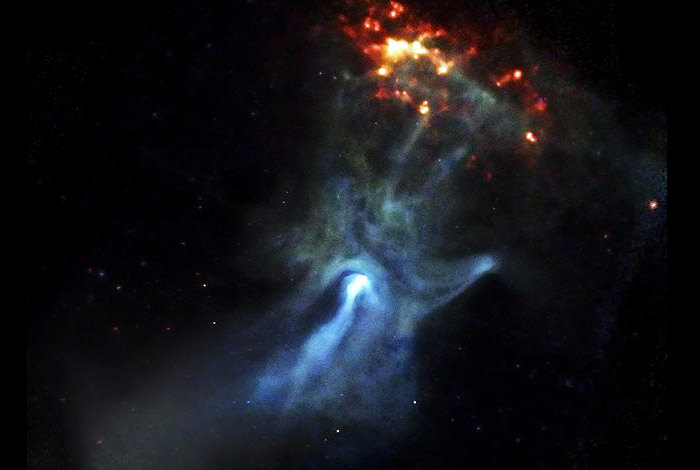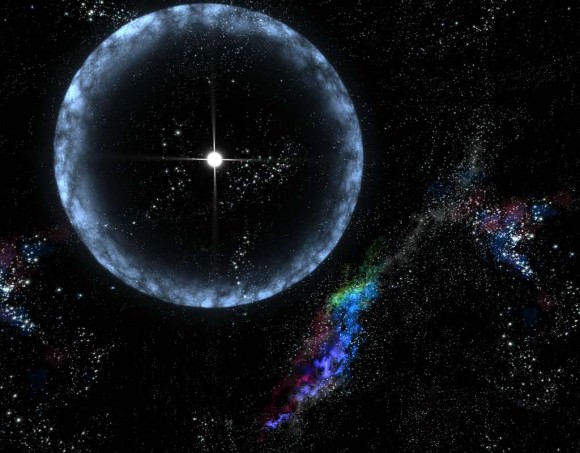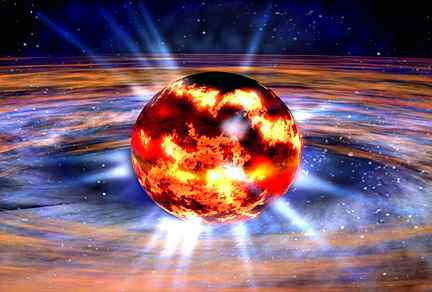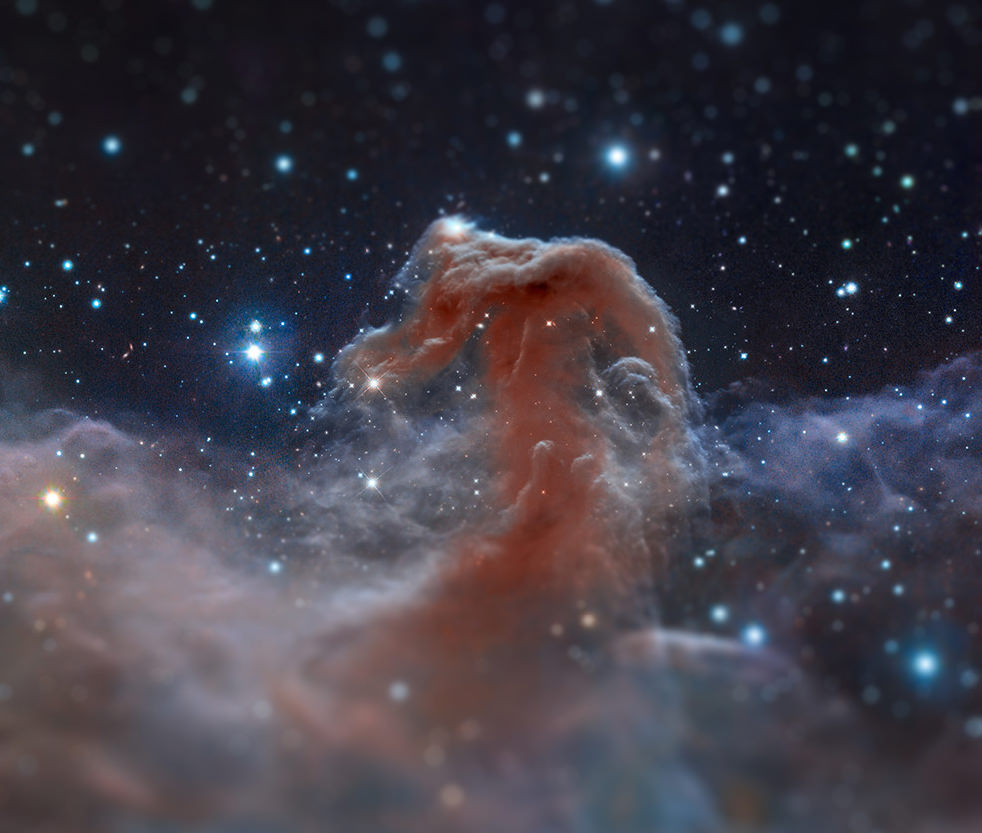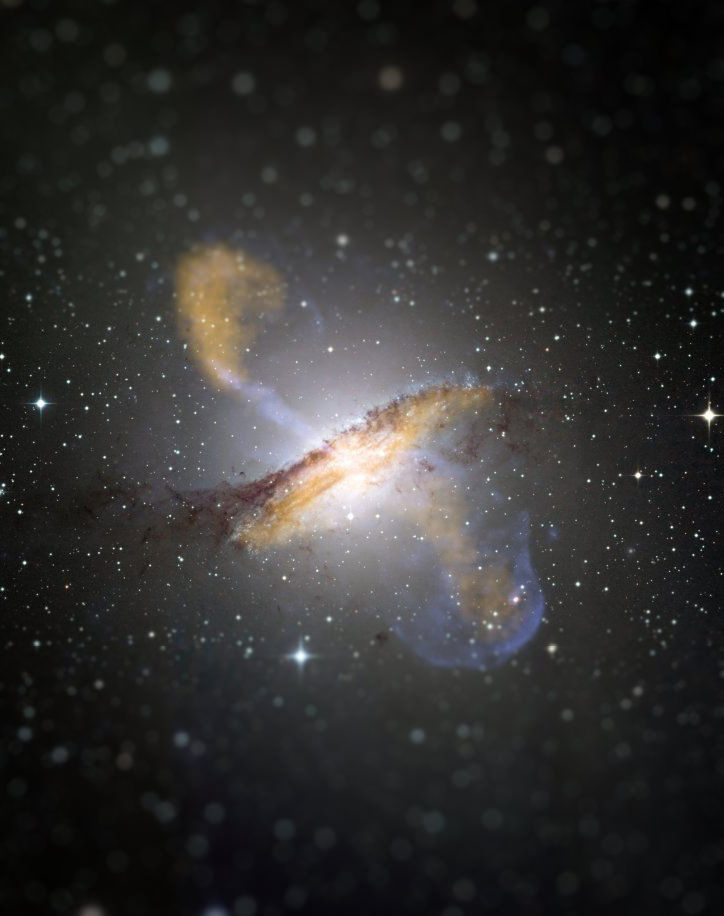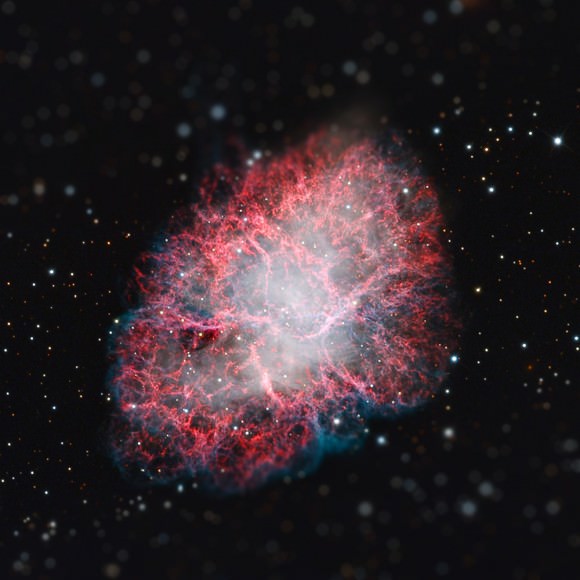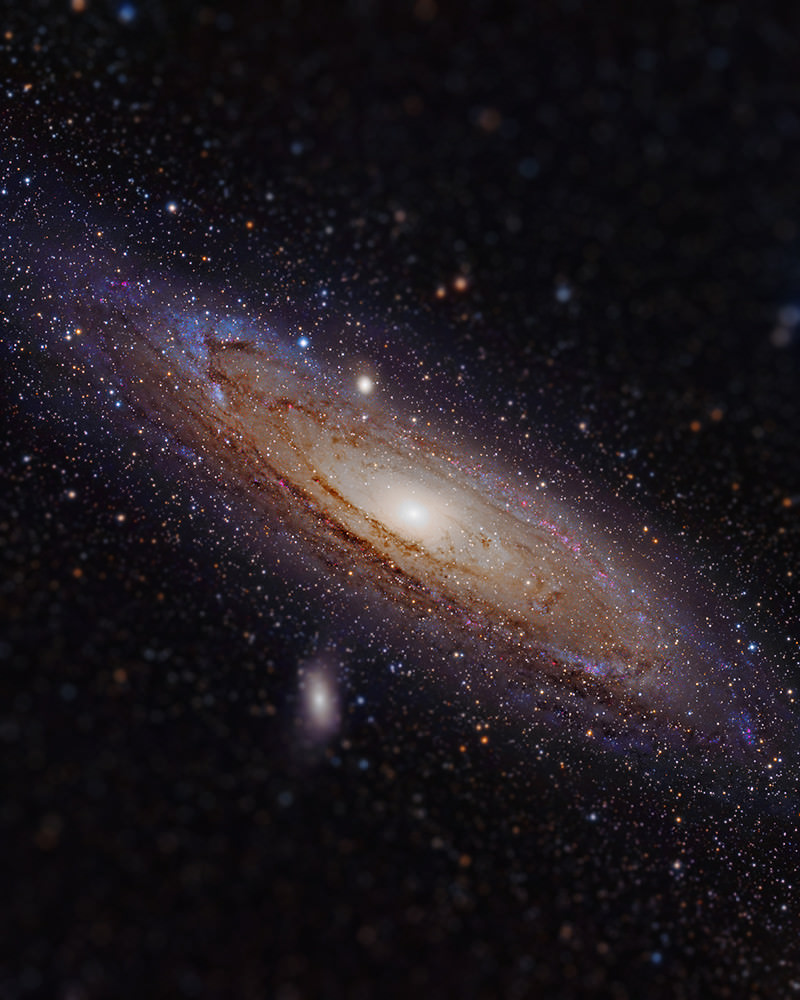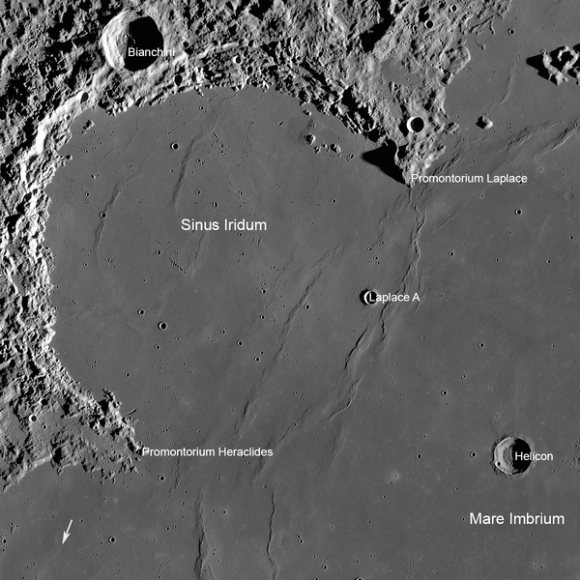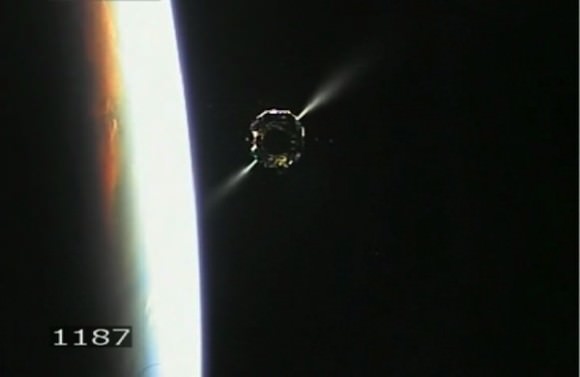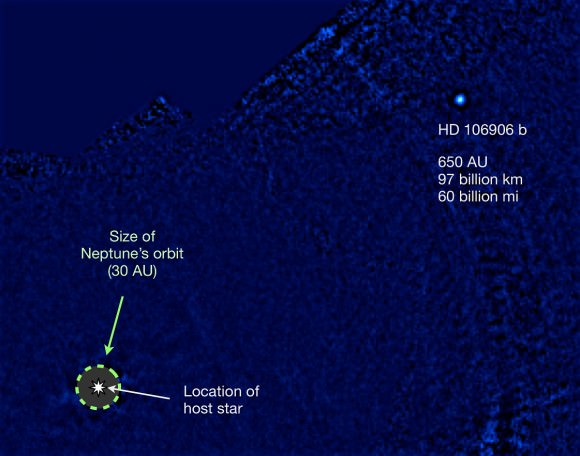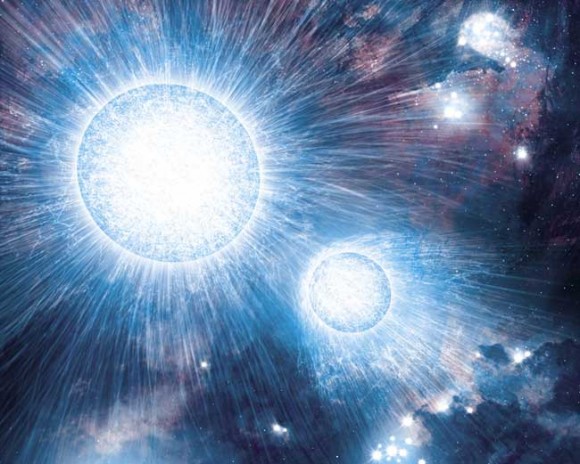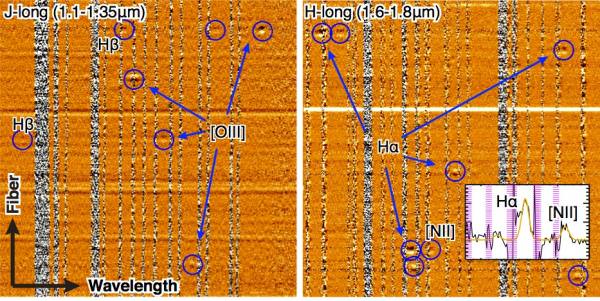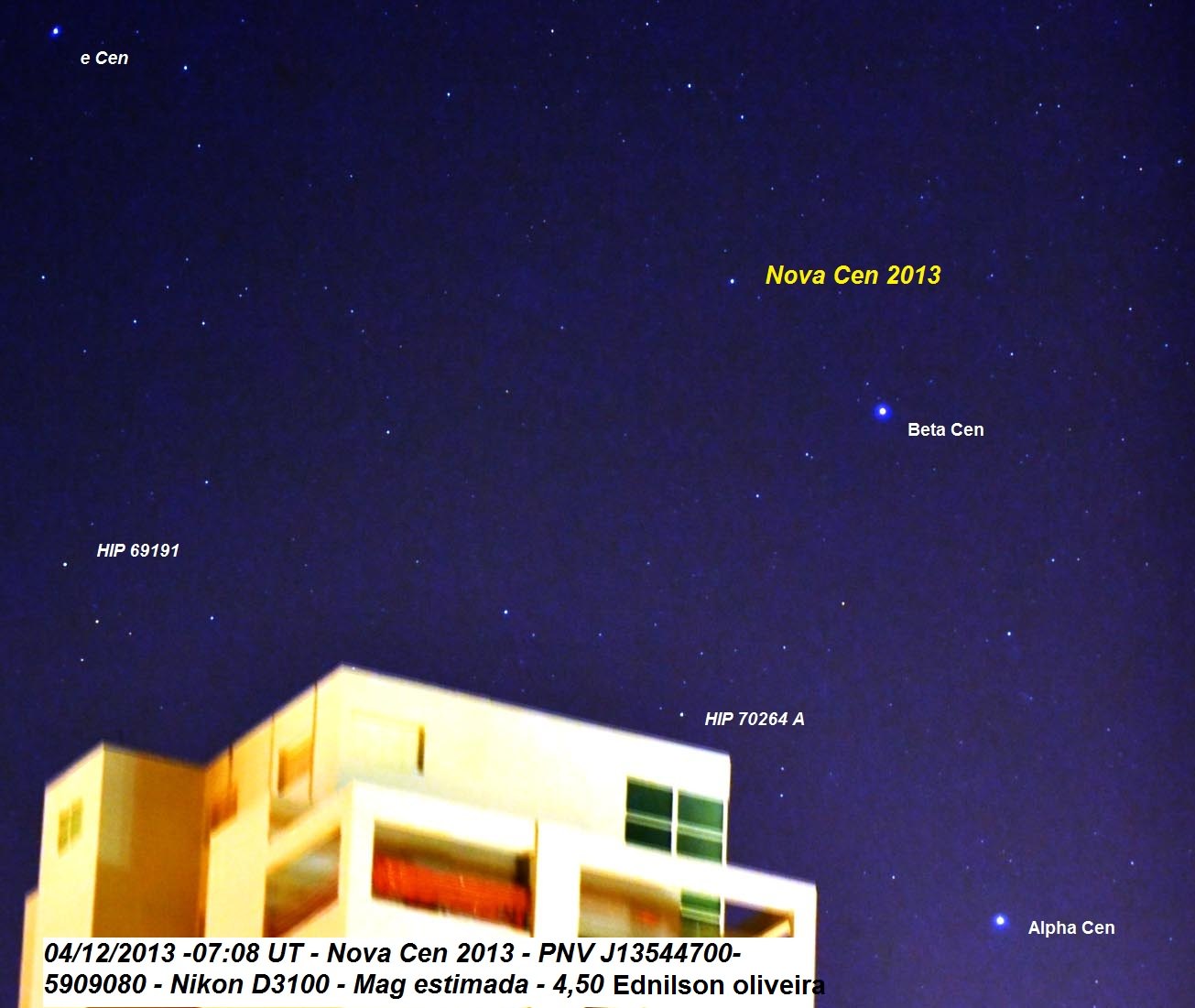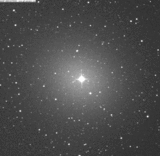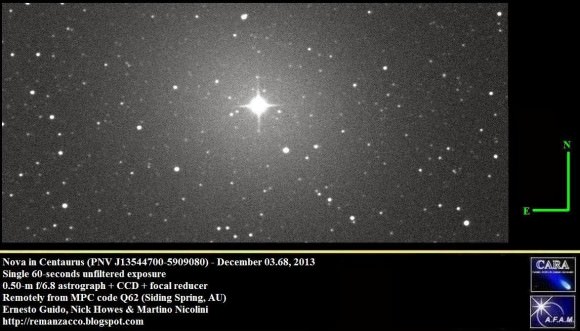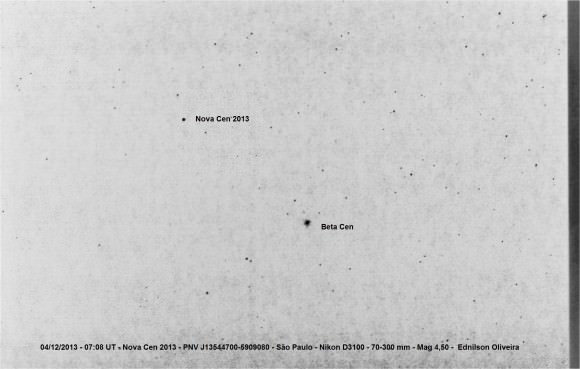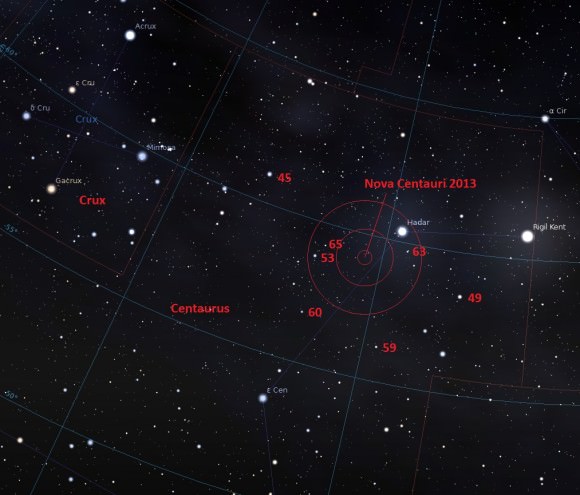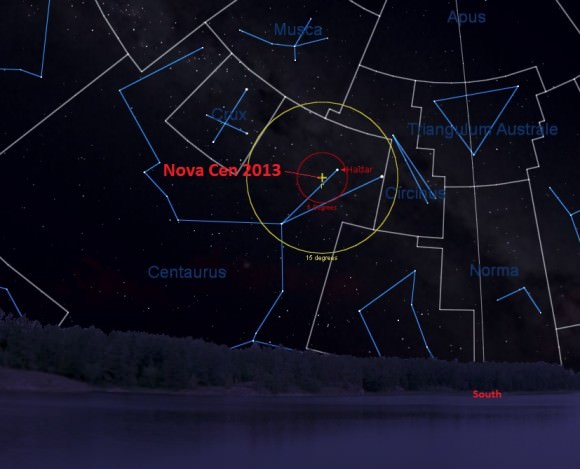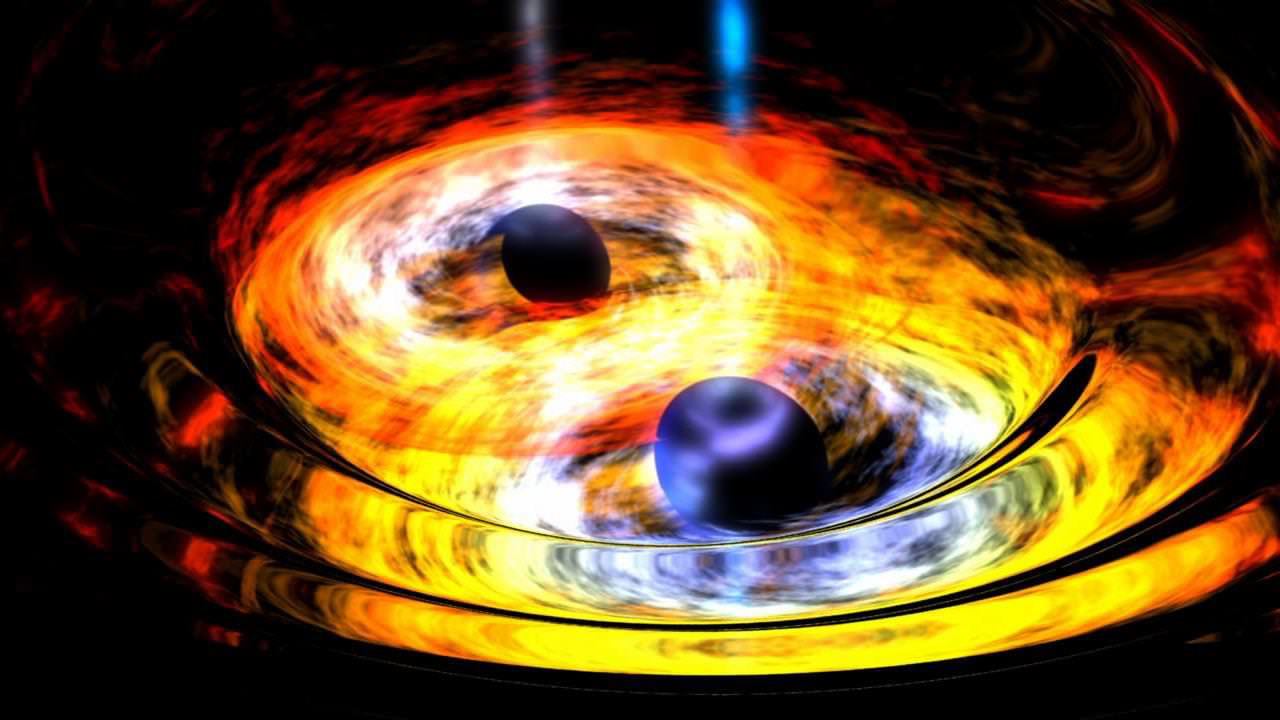Circinus X-1 may look like a serene place from a distance, but in reality this gassy nebula is quite a busy spot. Embedded in the nebula is the neutron star that is also a leftover of the supernova that produced the gas. Not only that, but the neutron star is still locked on to a companion and is in fact “cannibalizing” it, astronomers said.
The “glowing wreck of a star”, as the team called it, is exciting because it demonstrates what systems look like in the first stages after an explosion. The nebula is an infant in cosmic terms, with an upper limit to its age of just 4,500 years. To put that in human terms, that’s around the time of the first civilizations (such as in Mesopotamia).
“The fact that we have this remnant along with the neutron star and its companion means we can test all kinds of things,” stated Sebastian Heinz, an astronomy professor at the University of Wisconsin-Madison who led the research.
“Our observations solve a number of puzzles both about this object and the way that neutron stars evolve after they are born. For example, the unusual elliptical orbit on which these two stars swing around each other is exactly what you would expect for a very young X-ray binary.”
X-ray binaries are typically made up of a black hole or a neutron star that is locked on to a “normal” companion star such as that of our sun. That star won’t stay normal forever, however, as it’s being subject to very intense gravity from the black hole or neutron star. Its starstuff is being pulled off, heated, and then emitting radiation in X-rays that are easily trackable across the universe.
While X-ray binaries have been spotted before, seeing one along with a nebula is something special. By comparison, the gas cloud doesn’t stick around for very long — just 100,000 years or so — while the stars can be there for a while longer.
Checking out this star system could not only teach scientists about stellar evolution, but about the nature of neutron stars. One thing puzzling the team right now is why the neutron star has a faint magnetic field, which stands against established theory. Further study will be required to figure out why it isn’t as strong as expected.
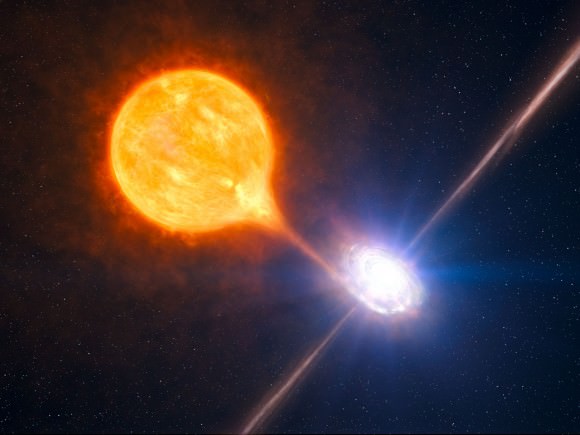
This high-resolution view from NASA’s Chandra X-Ray Telescope and the Australia Telescope Compact Array, however, has revealed some new things.
“I have been perplexed by the unusually strong evolution of the orbit of Circinus X-1 since my graduate-school days,” stated Niel Brandt, an astronomer at Pennsylvania State University who is on the team. “The discovery now of this system’s youth provides a satisfying explanation for why its orbit evolves so strongly — because the system likely still is settling down after its violent birth.”
You can read more in the Dec. 4 publication in The Astrophysical Journal or, in prepublished form, on Arxiv.
Sources: University of Wisconsin-Madison and Pennsylvania State University

